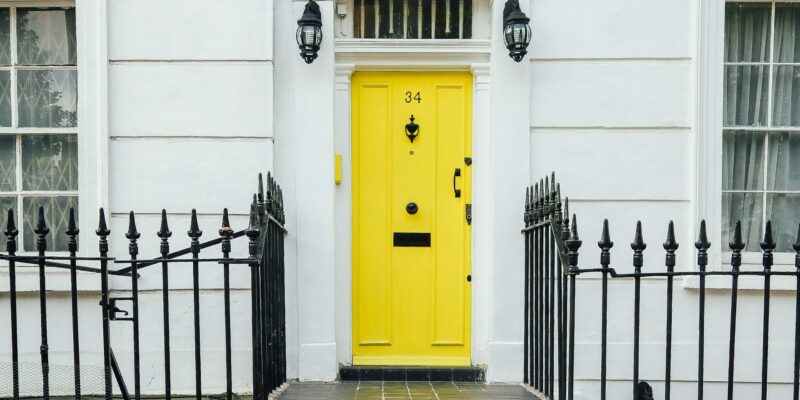When it comes to creating a home, durability isn’t just about strength and resilience against physical wear and tear; it’s also about future-proofing your investment and ensuring your living space stands the test of time.
Whether you’re constructing a new home or renovating an existing one, incorporating durable design elements can enhance longevity, reduce maintenance costs, and contribute to sustainability. Here are some essential tips to help you build a lasting legacy through durable home design.
1. Invest in Quality Materials
The foundation of a durable home begins with the materials you choose. Opt for high-quality materials that are known for their durability and longevity. For example, consider using:
- Brick or Stone: These materials are renowned for their strength and ability to withstand various weather conditions.
- Metal Roofing: Metal roofs are renowned for their durability, energy efficiency, and extended lifespan in contrast to conventional asphalt shingles. This makes them a preferred choice among homeowners seeking long-term roofing solutions. In Michigan, several reputable suppliers offer a variety of metal roofing options tailored to withstand the region’s weather conditions and provide sustainable roofing solutions.
- Hardwood or Engineered Wood: These flooring options are durable and can be refinished multiple times, extending their lifespan.
Choosing durable materials may involve a higher initial cost but pays off in the long run by reducing repair and replacement expenses.
2. Focus on Structural Integrity
A well-built structure forms the backbone of a durable home. Ensure that the design and construction adhere to local building codes and standards. This includes:
- Proper Foundation: A strong foundation is crucial for stability and preventing structural issues over time.
- Effective Insulation: Good insulation not only improves energy efficiency but also protects the building from temperature fluctuations and moisture damage.
- Quality Windows and Doors: Invest in windows and doors that are weather-resistant and provide good insulation to improve energy efficiency and security.
3. Plan for Maintenance
Regular maintenance is key to preserving the durability of your home. Incorporate features that make maintenance easier, such as:
- Accessible Plumbing and Electrical Systems: Ensure these systems are easily accessible for repairs and upgrades.
- Durable Exterior Finishes: Choose exterior finishes that are easy to clean and require minimal upkeep.
- Landscaping Considerations: Plan landscaping to prevent erosion, manage water runoff, and protect the foundation.
4. Design for Longevity
Design choices can significantly impact the longevity of your home. Consider these design principles:
- Flexible Layout: Design spaces that can adapt to changing needs over time, reducing the need for major renovations.
- Universal Design: Incorporate features that make the home accessible to people of all ages and abilities, enhancing its value and usability.
- Natural Lighting: Maximize natural light to reduce reliance on artificial lighting and improve the overall ambiance of the home.
5. Embrace Sustainable Practices
Building a durable home goes hand in hand with sustainable practices that benefit both the environment and your wallet:
- Energy-Efficient Appliances: Choose appliances with high energy efficiency ratings to reduce utility bills and environmental impact.
- Water Conservation: Install water-saving fixtures and consider landscaping with native plants that require less water.
- Recycled and Eco-Friendly Materials: Incorporate recycled materials or sustainable alternatives wherever possible to minimize environmental footprint.
6. Consult with Professionals
Finally, consult with architects, builders, and designers who specialize in durable and sustainable construction. Their expertise can help you navigate choices and ensure that your home is built to last.
In Conclusion
Building a durable home involves thoughtful planning, investment in quality materials, and a focus on sustainable practices. By incorporating these tips into your home design process, you can create a space that not only stands strong against the elements but also provides comfort, efficiency, and longevity for generations to come. Remember, a durable home isn’t just a shelter; it’s a legacy that you can be proud of and pass down to future generations.














